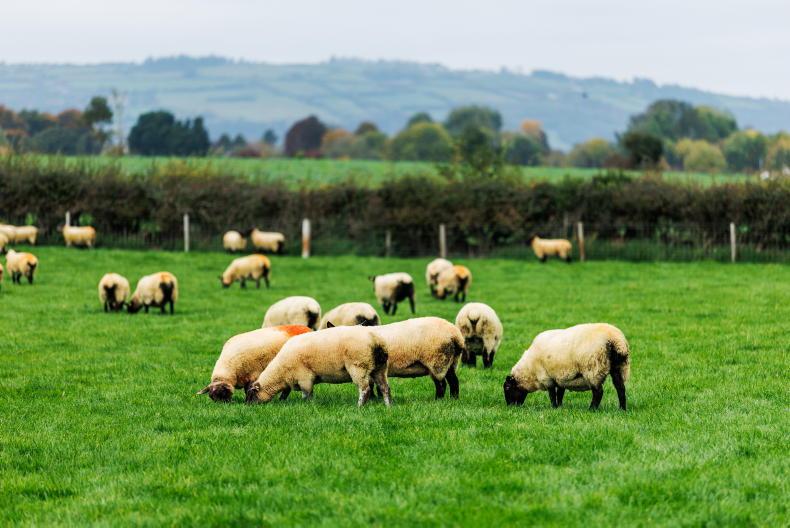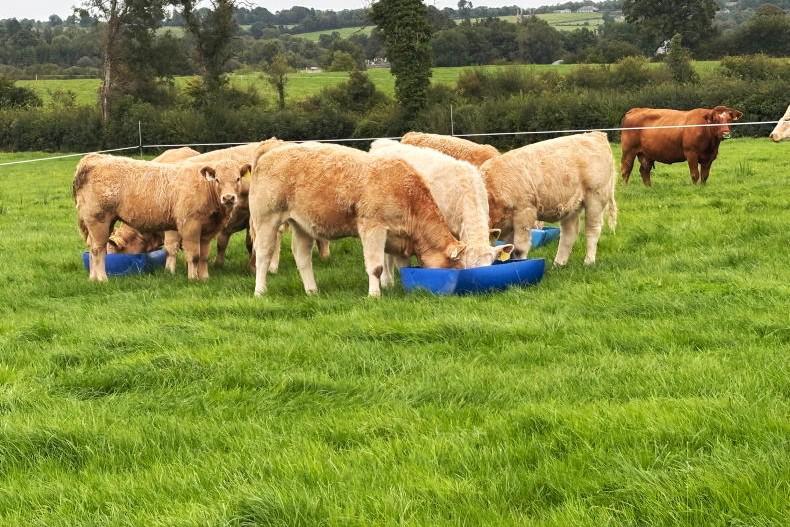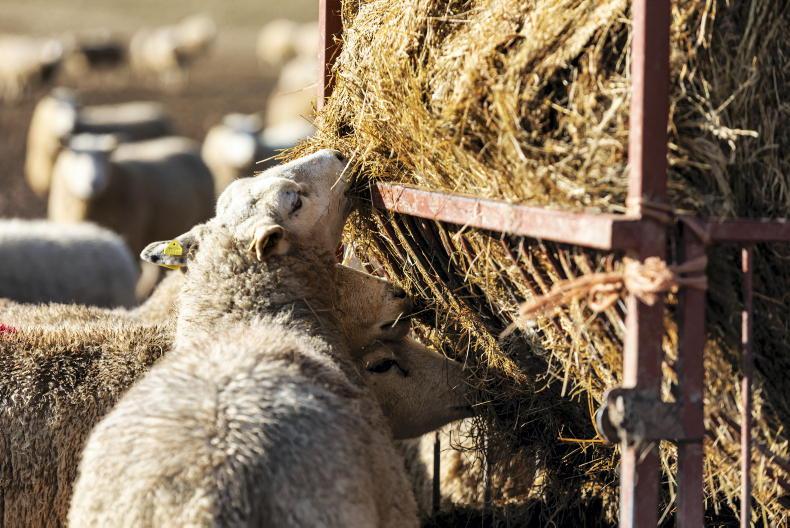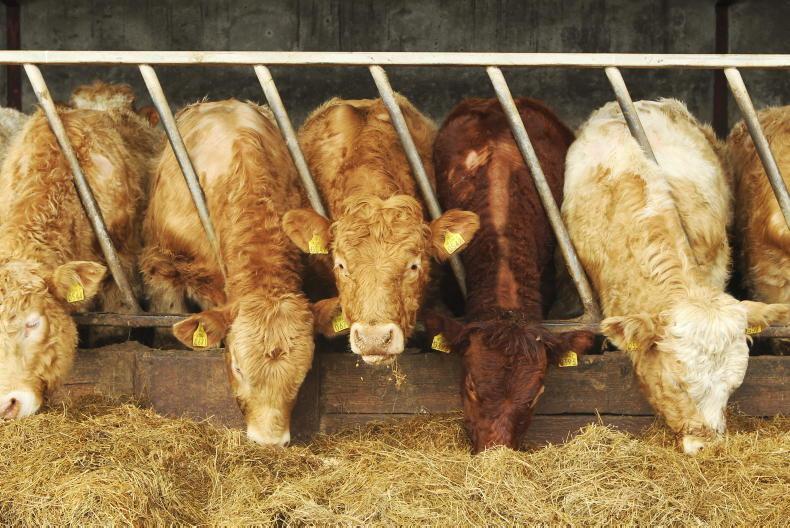Silage Quality
While silage making will be delayed on many drystock farms this year, we are nonetheless heading into a few weeks of peak silage making time on farms around the country. For most drystock farmers, the aim should be to make the best quality silage possible.
The only exception is where there are just dry suckler cows being fed where quality is less important.
Cutting grass silage with a high proportion of stem will reduce silage quality, reduce cattle intakes, reduce cattle performance and increase the amount of concentrates that will be needed to maintain high weight gains indoors.
Harvest date is crucial to making quality silage, and delaying cutting in late May could lead to a 3% drop in DMD per week. As cutting is delayed, yield will increase and quality will decrease.
Good weather windows can be short, so take the opportunity if it comes. Walk your silage fields and look for signs of emergence of seed heads.
A lodged crop lying in wet conditions can result in a rapid decline in quality. A lodged crop could drop by as much as nine percentage points in one week (75DMD-66DMD).
Teagasc estimates that the difference between making 75 DMD silage over 65 DMD silage is the equivalent of saving €75/livestock unit on a cattle farm.
After a tough spring it’s more important than ever to stock up on silage supplies for winter 2024. Try and mow in the afternoon as sugars will be highest.
Nitrogen in crop
People worry about nitrogen still being in the crop, but once sugars are high and grass is wilted it should be ok. Work off the principle that grass uses two units/day during the growing season. Aim for a rapid wilt over a 24 hour period.
Spreading/tedding the grass will result in a faster wilt and will help to increase the dry matter to over 25%, where you want it to be. If it’s a pit, roll as much as you can and seal the pit quickly. This will help to start the fermentation process. Make sure all effluent channels are clear, and effluent can leave the silo quickly and safely.
If it’s bales, be careful around stacking and transporting.
Stacking bales on their ends where the most plastic is on the bale is beneficial. Where birds are a problem, netting seems to work best to deter them.
Silage making is a busy time with machinery moving in fields and yards. Make sure children are supervised at all times, and check that all machinery is in good working order with all safety guards in place.
A good safety tip is to trim the grass verge around gaps where machinery is coming out onto the main road to increase driver visibility. If opting for a second cut, aim to get slurry and fertiliser out as quickly as possible to get grass growing again.
BPS Amendments
The closing date for the BISS (Basic Income Support for Sustainability) was 15 May. If it slipped your mind, you can still lodge an application but it will incur a payment penalty.
Don’t forget you can add or take land off your BISS application by completing an online amendment form before 31 May 2024.









SHARING OPTIONS